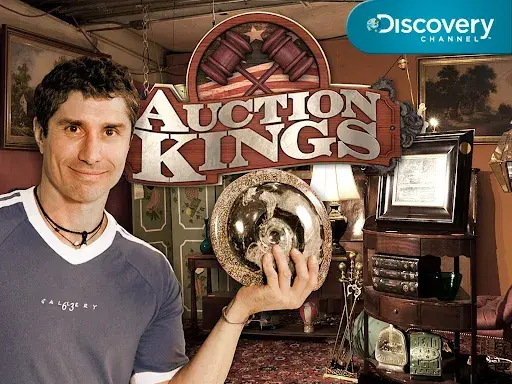Flowers by Mai-Thu From the Collection of a Relative of Emperor Bao Dai
Published on

Mai-Thu was able to renew the still-life genre thanks to his technique and style, inherited from Vietnamese culture. These Chrysanthemums, from the collection of Nguyen Dê, Emperor Bao Dai's Chief of Staff, are a testament to this. Mai Trung Thu (1906-1980), Vase jaune aux chrysanthèmes, ink and colors on silk, signed “Mai Thu”, with artist's stamp and dated (19)53, original frame, 60 x 45 cm/23.6 x 17.71 in.Estimate: €150,000/200,000© Comité Mai-Thu, Adagp, Paris, 2025 Mai-Thu never left anything to chance. Technique and style combine to give his paintings the most finished look possible. He even made his own frames, as in the case









